The Environmental Benefits of Tea Farming
Ah, tea, our faithful companion in times of stress, celebration, or simply when we need to feel vaguely sophisticated with a pinky raised. But have you ever stopped mid-sip to ponder the environmental perks of growing those magical leaves? If not, buckle up, because we’re about to steep ourselves in the eco-friendly goodness of tea farming. Spoiler alert: it’s not just about the antioxidants in your cup; it’s also about the planet.
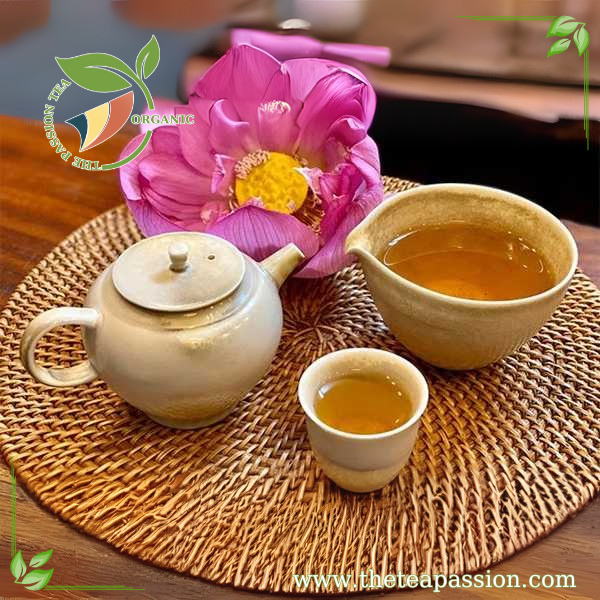
Tea: The Leaf That Keeps on Giving
Tea farming, when done responsibly, is basically nature’s way of saying, “Hey, I’ve got this.” Unlike some crops that demand more water than a dehydrated camel, tea plants are pretty chill. They thrive in rain-fed environments, meaning they don’t need excessive irrigation to flourish. Mother Nature handles the watering schedule, and tea farmers can focus on what they do best, growing leaves that make mornings bearable.
But wait, there’s more! Tea plantations often act as carbon sinks, absorbing CO2 from the atmosphere like a sponge soaking up spilled coffee (ironic, isn’t it?). Those lush green leaves aren’t just pretty; they’re actively working to combat climate change while you sip away your existential dread.
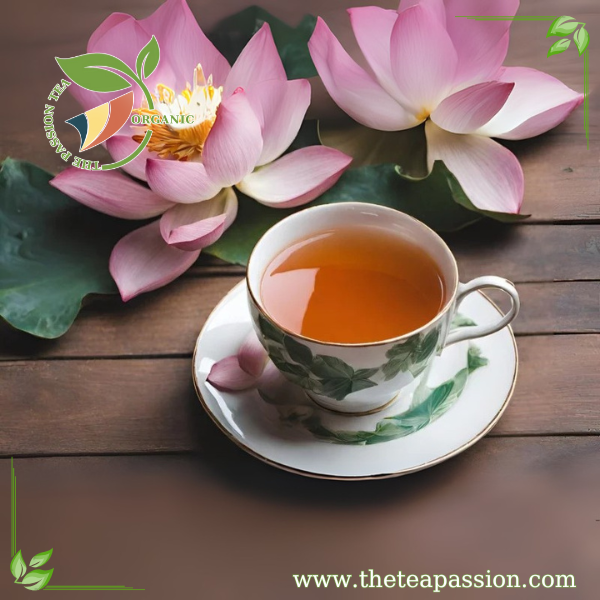
Soil’s Best Friend
Tea plants are like that one friend who always cleans up after themselves. Their roots help prevent soil erosion by holding everything together like a natural adhesive. Whether perched on a steep hillside or sprawling across flat terrain, tea bushes protect the earth from washing away during heavy rains.
And let’s talk about soil health. Tea farming often involves intercropping, growing other plants alongside tea, which boosts biodiversity and keeps the soil fertile. Think of it as nature’s version of a potluck dinner where everyone brings something delicious to share.
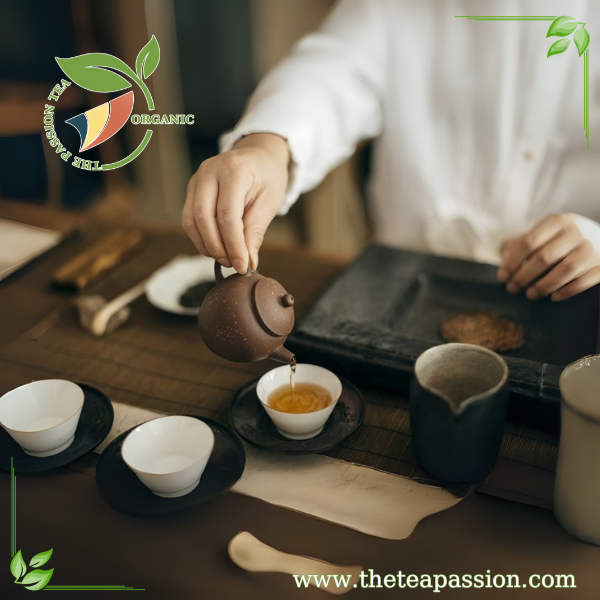
Biodiversity Bonanza
Tea plantations can be a haven for wildlife, especially when farmers embrace sustainable practices. Birds, insects, and small mammals often find refuge among the tea bushes, creating mini ecosystems that thrive alongside human activity. It’s like a real-life version of “The Lion King,” minus the dramatic betrayals and musical numbers (though we’d totally support a tea-themed Broadway show).
Shade-grown tea is an even bigger win for biodiversity. These plantations use trees to provide natural shade for tea plants, which not only enhances flavor but also creates habitats for countless species. It’s a win-win: better tea for you, better homes for critters.
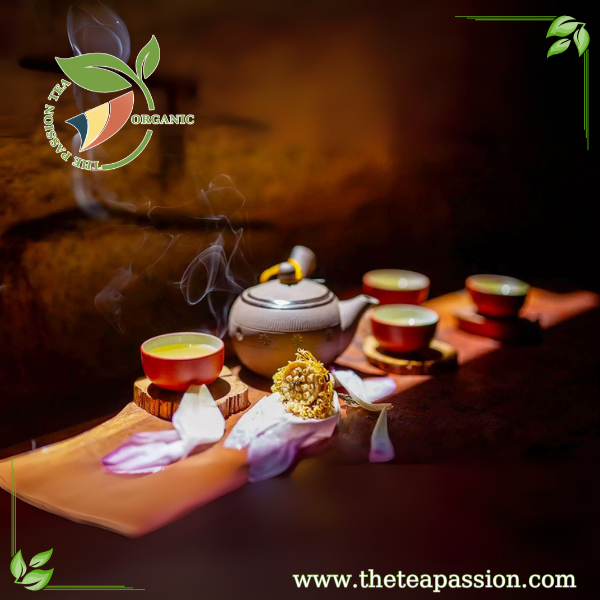
Organic Farming: A Brew-tiful Choice
Organic tea farming is the overachiever in the environmental world. By ditching synthetic fertilizers and pesticides, organic farmers protect water sources from contamination and keep harmful chemicals out of ecosystems. Plus, organic farming promotes healthier soil and reduces greenhouse gas emissions.
Sure, organic tea might cost a few extra bucks, but consider it an investment in both your health and the planet’s future. Besides, doesn’t sipping organic tea make you feel like a modern-day eco-warrior? Pass the oat milk; we’re saving the world one cup at a time!
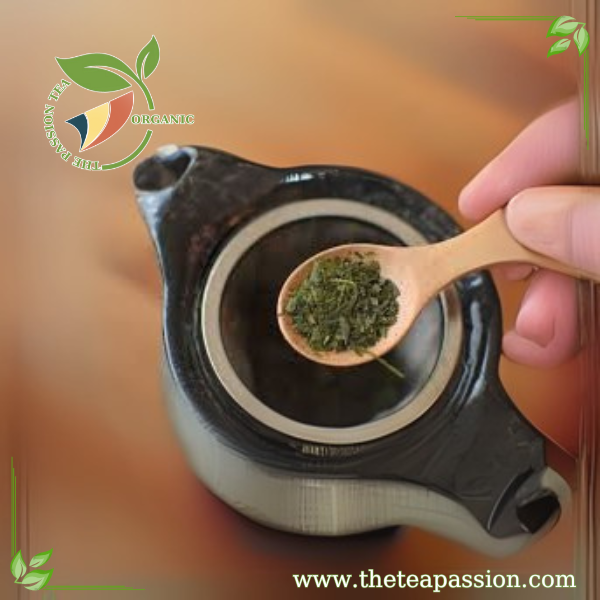
The Circular Economy of Tea
Ever heard of zero waste? Tea farming is surprisingly good at it. Tea leaves are versatile little things; they don’t just stop at making your favorite beverage. After brewing, leftover leaves can be composted to enrich soil or repurposed as natural fertilizers. Some clever folks even use them to make skincare products or craft artisanal soaps. Talk about multitasking!
And let’s not forget packaging innovations. Many tea brands are moving toward biodegradable or recyclable materials, so your tea habit doesn’t have to contribute to landfill chaos. Now you can sip guilt-free, well, unless you’re drinking your roommate’s last teabag without asking.
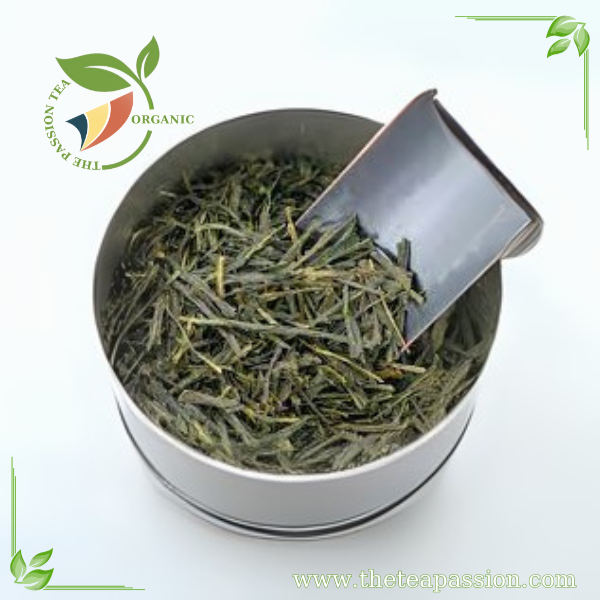
Challenges and Solutions
Of course, not all tea farming is sunshine and rainbows. Unsustainable practices like monoculture farming can deplete soil nutrients and harm local ecosystems. But fear not! The rise of certifications like Fair Trade and Rainforest Alliance is pushing the industry toward greener pastures (literally). These labels ensure that tea is grown responsibly, with care for both people and the planet.
Additionally, many farmers are adopting agroforestry techniques, combining agriculture with tree planting, to further boost sustainability. It’s like giving tea farming a superhero cape and saying, “Go save the world!”
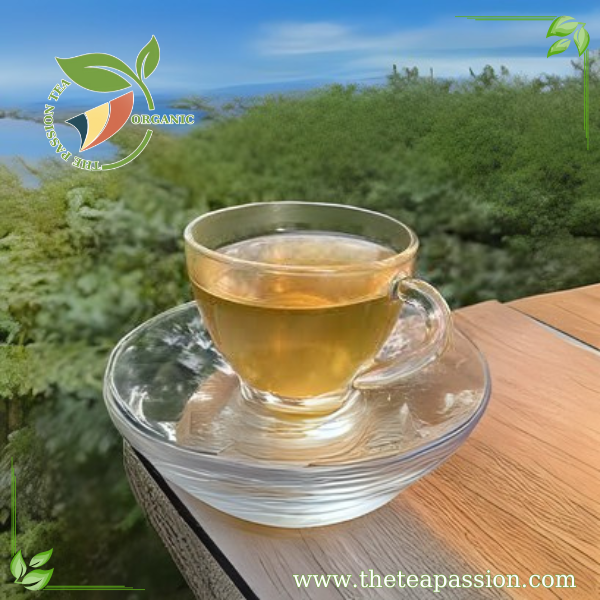
Sip Responsibly
So what can you do as a humble tea drinker? Start by choosing brands that prioritize sustainability and ethical practices. Look for certifications that guarantee eco-friendly farming methods and fair treatment of workers. Bonus points if the packaging is recyclable or compostable!
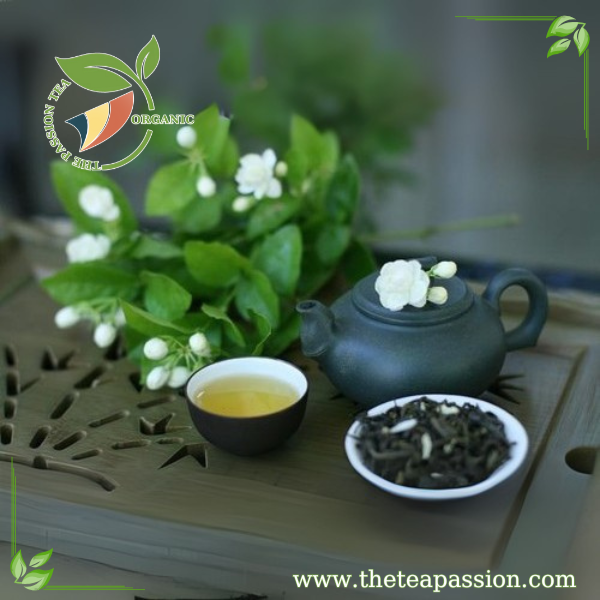
And hey, why not experiment with loose-leaf tea instead of teabags? Not only does it reduce waste, but it also makes you look like a tea connoisseur who knows their oolong from their Darjeeling. Fancy!
Tea farming isn’t just about producing your favorite beverage; it’s a testament to how agriculture can work harmoniously with nature. From preserving soil health to supporting biodiversity, tea plantations are quietly making the world a better place, one leaf at a time.
So the next time you sip your Earl Grey or chamomile infusion, take a moment to appreciate the environmental magic behind those tiny leaves. Who knew saving the planet could be this delicious? Cheers!
